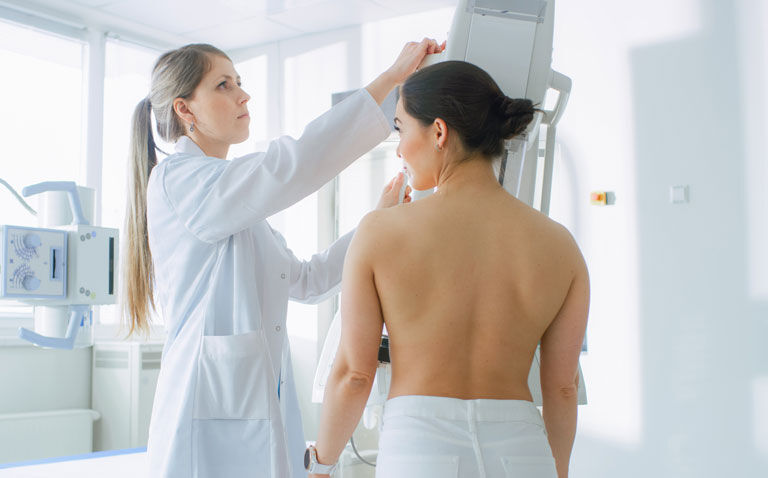An AI-based breast cancer screening protocol had a similar sensitivity to radiologists and could therefore be used to reduce their workload.
Use of an AI-based breast cancer protocol has been found to have a similar screening sensitivity and a slightly higher specificity than radiologists and might therefore be able to considerably reduce the workload of radiologists.
This was the finding from a retrospective analysis by researchers from the Department of Computer Science and Public Health, University of Copenhagen, Copenhagen, Denmark.
Breast cancer arises in the epithelium of the ducts or lobules in the glandular tissue of the breast and according to the World Health Organization, in 2020 there were 2.3 million women diagnosed with breast cancer and 685 000 global deaths.
Population screening of women enables the detection of the early signs of breast cancer and one European analysis of observational studies concluded that the estimated breast cancer mortality reduction from invited screening was 25-31% and 38-48% for women actually screened.
Although screening mammography is the principle method for the detection of breast cancer, 10%-30% of breast cancers may be missed at mammography. Part of the reason for missing possible cancers may be due to behavioural factors.
For example, in one study, six radiologists who reviewed 100 breast cancer scans, where the prevalence of disease was artificially set at 50%, missed 30% of the cancers. In contrast, when the prevalence was raised, participants missed just 12% of the same cancers.
In other words, radiologists are more likely to be on the look-out of suspicious scans when they know that the disease has a much higher prevalence.
One potential way to remove the effect of behavioural influences is the use of an artificial intelligence (AI) based system for reading breast cancer scans. In fact, such systems have been shown to maintain non-inferior performance and reduced the workload of the second, radiologist reader by 88%.
But whether an AI-based breast cancer system could be safely used for population-based screening and reduce the number of mammograms that required reading by a radiologist is uncertain and was the objective of the current study.
Using a retrospective design, the Danish researchers examined whether the AI-based cancer protocol was able to detect normal, moderate-risk and suspicious mammograms. The team used data from a breast cancer screening program and each of the mammograms was scored from 0 to 10 (to designate the risk of malignancy) by the AI-based cancer tool.
The team then compared to AI-based cancer system and radiologists with respect to screening performance and used the area under the receiver operating characteristics curve (AUC) to compare performance.
AI-based cancer screening protocol performance
The cohort included 114,421 women with a mean age of 59 years who underwent mammography screening. The scanning identified 791 screen-detected cancers, 327 interval cancers and 1473 long-term cancers.
The AI-based cancer system had a screening sensitivity of 69.7% (95% CI 66.9 – 72.4%) which was non-inferior to the radiologist sensitivity of 70.8% (p = 0.02). The AI-based screening specificity was 98.6% and which was significantly higher (p < 0.001) than that of the radiologist (98.1%).
Based on these findings, the authors calculated that use of the AI-based cancer system led to a 62.6% radiologist workload reduction. Moreover, the AI-based system reduced the number of false-positive screenings by 25.1%.
They concluded that incorporation of an AI-based cancer system for population-based screening could both improve these programs and reduce radiologist workload and called for a prospective trial to determine the impact of AI-based screening.
Citation
Lauritzen AD et al. An Artificial Intelligence–based Mammography Screening Protocol for Breast Cancer: Outcome and Radiologist Workload Radiology 2022.










